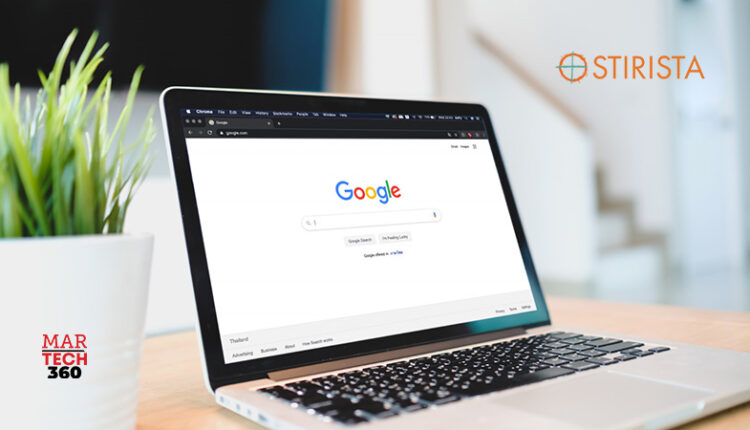While Apple’s iCloud Private Relay has been available for some time now, its limited availability means it hasn’t been a game-changer for the broader IP ecosystem that adtech has come to rely on. But Google Chrome is about to release its own version called IP Protection which is poised to be both more impactful than Private Relay and much more sudden than the deprecation of the cookie.
Most marketers rely on the ability to target specific groups using identity-based targeting. But doing that requires impression opportunities that support that kind of targeting, and non-cookie targeting solutions often lean heavily on IP addresses.
In the absence of identity-capable targeting, a lot of no-identity targeting solutions have emerged. Most rely on content-contextual targeting that places an ad alongside content relevant to the advertiser’s industry. But for most advertisers, that’s not a viable replacement for identity-based targeting.
Contextual Constraints
While contextual targeting can be a useful portion of the marketing mix for brands in high-research categories, even then there are serious limits and downsides to contextual targeting. Specifically, scale and cost.
The total scale you can achieve with content-contextual targeting is very limited because there are not a lot of publishers serving most consumer categories. And while well-targeted ads are great, no marketing is going to sell anything if the ads aren’t reaching anybody.
Then there’s cost. As a natural result of supply and demand, quality contextual impressions tend to be expensive. It’s not just the CPMs either. Many contextually relevant publishers sell most or all of their inventory directly, which can mean making large spend commitments with a single publisher.
Also Read: If you went to a restaurant and only half of your meal was served, would you be satisfied?
Identity-Less Targeting
So, if the scale of identity-based targeting is declining, the scale of content-contextual targeting is low, and the cost of both is increasing, what will marketers do?
The answer lies in the concept of Propensity – the inclination to behave in a particular way. At the end of the day, marketers’ goals require targeting that performs better than run-of-network. And the higher that performance lift, the better it is for the advertiser. Exactly how to achieve that lift almost doesn’t matter.
Marketers can achieve shockingly high propensities with targeting methodologies that do not rely on impression-level identity and do not rely on the limited scale and higher cost of content-contextual placements. There is a “but” though. This would be too good to be true if there wasn’t a “but”.
Here the “but” is that building maximum-propensity no-identity targeting tactics actually requires better data than targeting practices based on impression-level identity. The data behind propensity models must be highly accurate because even the best AI model will multiply the effect of any inaccuracies in a dataset.
Unfortunately, most identity-based targeting datasets were built to only be accurate enough to drive the lift marketers are looking for. And because in that business more scale means more money, the decision to increase scale has almost always won out over the decision to increase accuracy.
Where to start?
The floodgates are about to open. Advertisers will be pitched a hundred propensity solutions over the next year. Data quality is critical so dig into the quality of the input data as much as the model itself, because it stands to make the biggest difference on performance. Ask the hard questions. Look for data that is used for identity validation or fraud prevention in industries like finance or healthcare, and not just used for ad targeting.
And start now. This is not deprecation of cookies 2.0. Chrome IP protection and its impacts are going to come hard and fast. Testing and refining identity-less targeting practices now when identity is still available on the measurement and attribution side will be critical. We were taught how to drive during the daytime for a reason. Get started on this before the sun goes down.


Comments are closed.